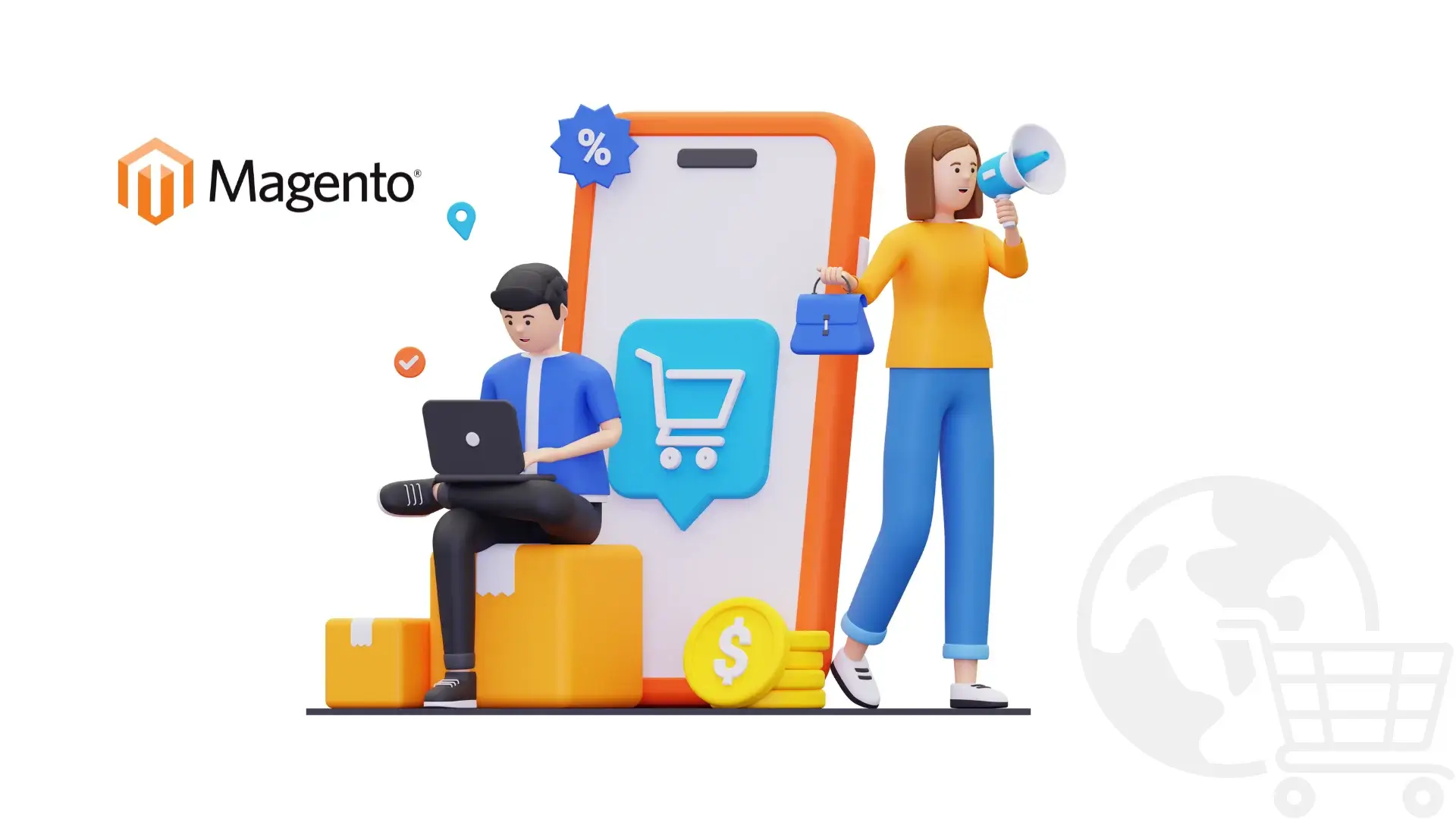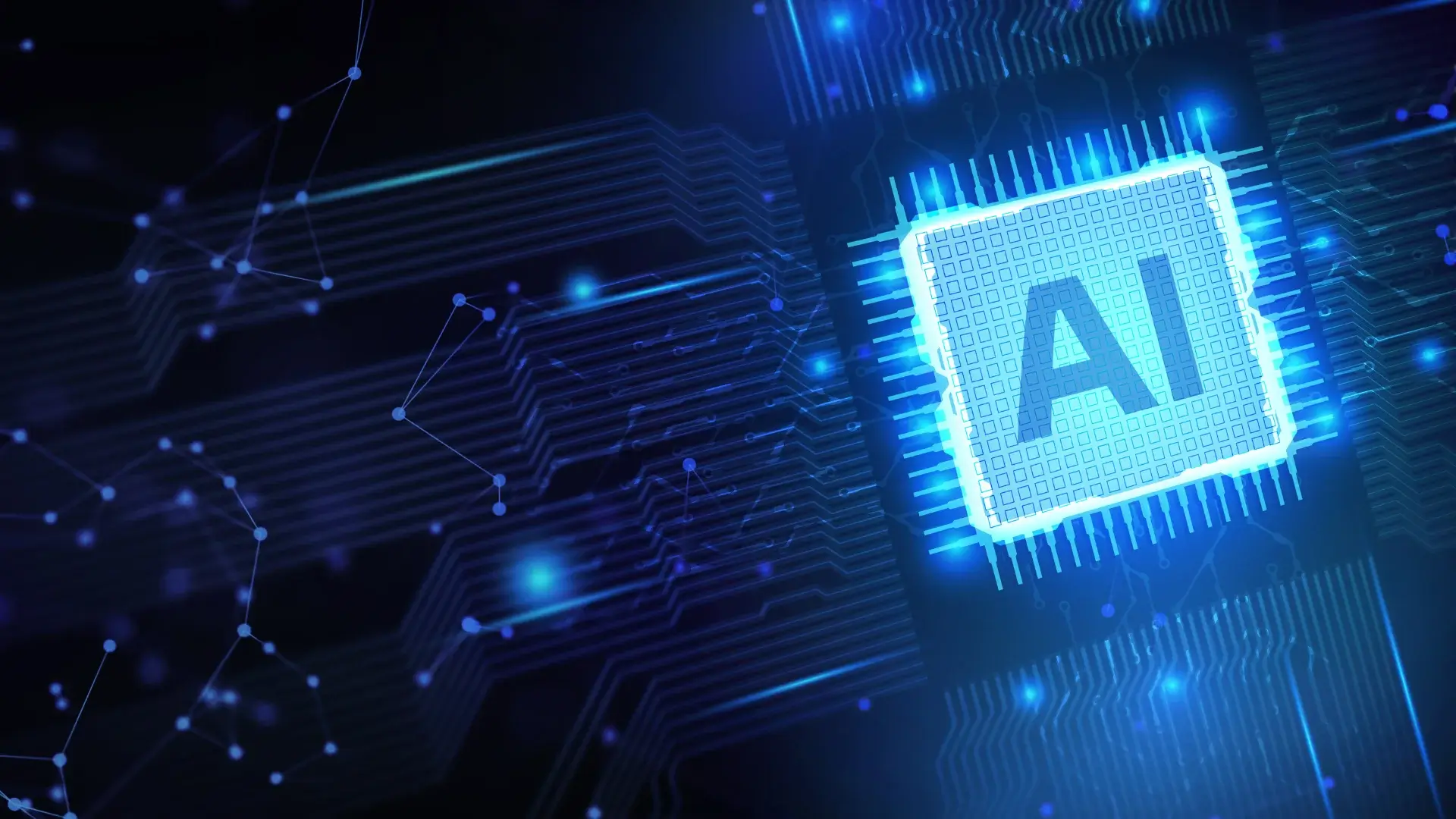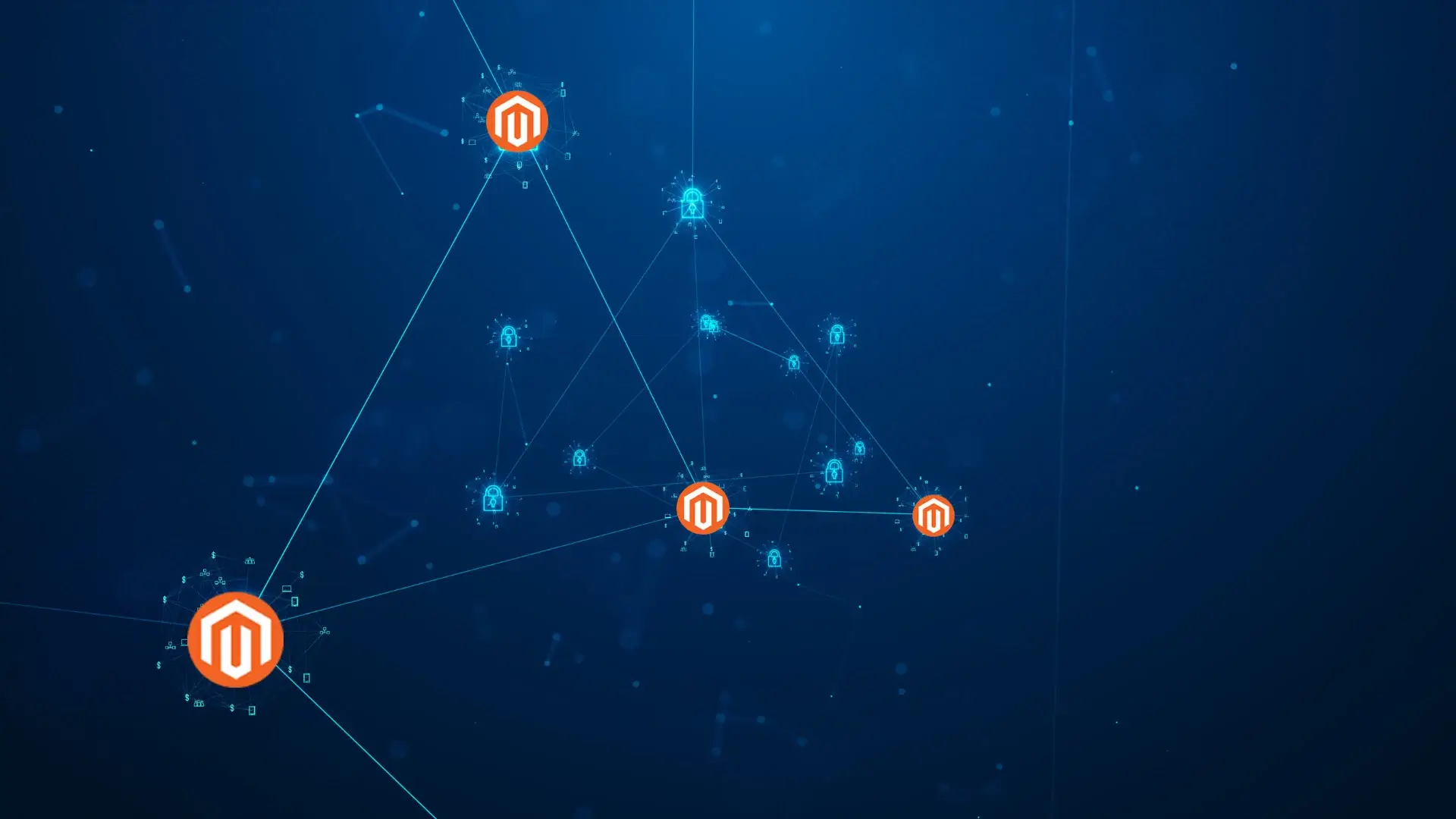Contents
Introduction
A deep understanding of emerging trends is essential to staying ahead in the constantly evolving technological world for efficient product development. As we step into 2024, the pursuit of innovation takes upfront factor, driving transformative changes. This exciting time gives an idea of what lies ahead for product development, from the incorporation of cutting-edge technologies. This blog explores the major trends influencing this market, providing insights on how companies may encourage innovation, productivity, and ground-breaking ideas in the coming year and beyond.
AI & ML
AI and ML are essential to product development because they boost productivity and creativity. Predictive analytics algorithms reduce overstock and stockouts by optimizing inventory management. A personalized customer experience can be promoted by machine learning algorithms that monitor user behavior in order to customize product recommendations. Furthermore, voice-activated capabilities are made possible via natural language processing, which improves user interaction with the product. These technologies are the leading instances of how AI and ML are revolutionizing modern product development by streamlining choices, automating procedures, and producing dynamic, user-centric solutions.
The adoption of AI in product development is expected to increase from 23% in 2022 to 46% in 2025 According to Statista.
UI/UX Efficiency
Product development must prioritize UI/UX efficiency to achieve maximum customer satisfaction. Simplified user interfaces improve navigation, lessen cognitive burden, and promote smooth interactions. Task completion is accelerated by intuitive design, which also reduces user error and effort. Iterative testing and user-centric prototypes improve the user experience and match products to user expectations. Accessibility and responsive designs improve inclusion by meeting a range of user needs. Design choices are guided by data-driven insights, which match user preferences with the UI/UX. Agile methods and ongoing feedback loops enable quick corrections, which foster flexibility. Effective UI/UX shortens time-to-market, increasing product uptake and competitive success.
Product Design Systems
In the context of product development, “product design systems” refer to all-inclusive frameworks that direct the conception and development of a product. To ensure a comprehensive approach, these systems incorporate several factors, including user feedback, market research, and technological concerns. They provide standardized processes, tools, and workflows that streamline the full product lifecycle, from inspiration to delivery. This methodology ensures alignment with corporate objectives, minimizes development cycles, and improves efficiency. Product design systems give teams an organized framework for making decisions, encouraging creativity, and enabling them to adjust to changing needs, all of which lead to well-rounded and profitable products.
Operations ( Ops )
In product development, operational procedures that improve and expedite various stages of the development lifecycle are referred to as operations or Ops. To ensure code deployment, DevOps emphasizes teamwork between the development and operations teams. AIOps automates and optimizes IT operations through the integration of artificial intelligence, resulting in increased productivity and less downtime. FinOps integrates operational and financial procedures to efficiently manage cloud expenses. DevSecOps ensures a secure-by-design methodology by integrating security into the development process. To improve data availability and quality, DataOps places a strong emphasis on teamwork and automation in data-related operations.
Generative AI
Generative AI plays a significant role in product development by automating and optimizing. It generates innovative prototypes, which quickens the design ideation process. It expedites manufacturing production processes and leads to cost and time minimization. It analyzes huge datasets for market research to identify patterns that can direct strategic decisions. Customer service chatbots with generative AI capabilities improve user experiences by providing prompt responses. Product development is transformed by generative AI, which improves user experience and effectiveness from conception to post-product launch support.
Consider NVIDIA’s GauGAN, for example, which accelerates product development by producing realistic images from designs. With a simple prompt, Microsoft Designer, a generative AI-powered graphic design tool, creates stunning visuals. Adobe’s integration of Generative AI accomplishes the same thing
Generative AI based product
Co-create a holiday masterpiece with your friends in #MicrosoftDesigner!
Create an AI image prompt, pick the words for your friends to edit, and share. See how it works 🧵and give it a try here: ️https://t.co/EdBvofD6sJ
Share your creations in the comments! pic.twitter.com/YR5GzccSai
— Microsoft Designer (@MSFT365Designer) November 22, 2023
Cybersecurity
To protect against digital threats, cybersecurity is critical to product development. By including strong security measures, you can reduce the possibility of unauthorized access, secure essential user data, and preserve the integrity of hardware and software components. The product’s resilience is increased by using encryption protocols, secure coding techniques, and frequent vulnerability evaluations. The protection against emerging cyber threats is strengthened by industry best practices, continuous monitoring, and threat intelligence integration. A crucial component of contemporary product development is giving cybersecurity top priority throughout the development lifecycle, as it protects against monetary losses and harm to one’s brand in addition to fostering consumer trust.
Data
In product development, data is essential as it informs decisions and improves results. Data drives market research, user input, and competitive analysis at every stage of the product lifecycle, ensuring an in-depth understanding of client needs. Data-driven insights in design help to improve user experiences, streamline functionalities, and polish prototypes. Performance metrics and user behaviour data reveal vulnerabilities during testing, allowing for ongoing improvements. Analytics monitor user activity after launch, enabling ongoing improvement and upgrades. Agileness, reactivity, and the delivery of goods that resonate with customers while remaining in line with market demands are made possible by the strategic integration of data in product designing.
Conclusion
As we highlight the current trends that elevate product to the next level, efficiency and expertise in cutting-edge technologies become imperative for crafting user-friendly applications. A strategic partnership with an experienced partner like Sparity, specializing in product development, can amplify the user experience and optimize business output. Sparity’s proficiency ensures not only efficiency but also innovation, making them the ideal partner for navigating the product development.




